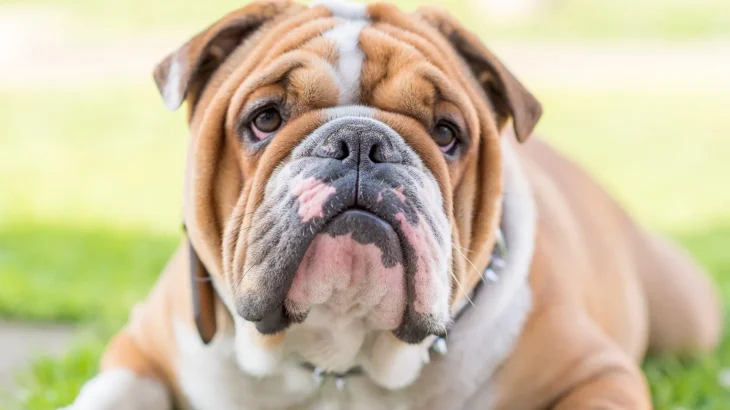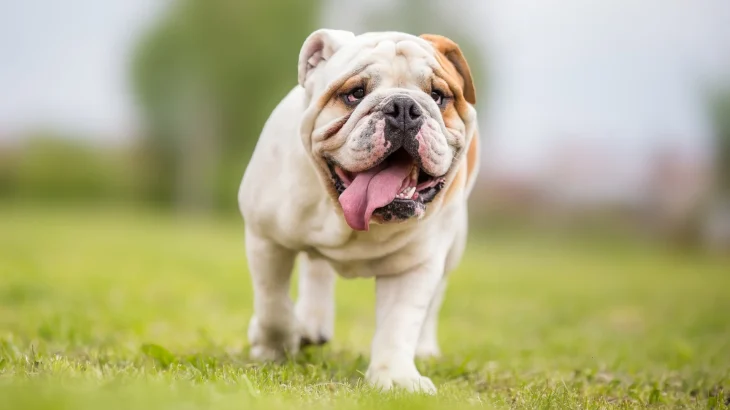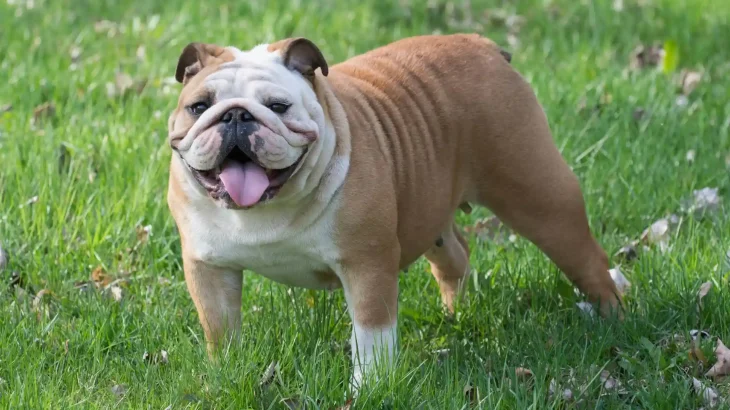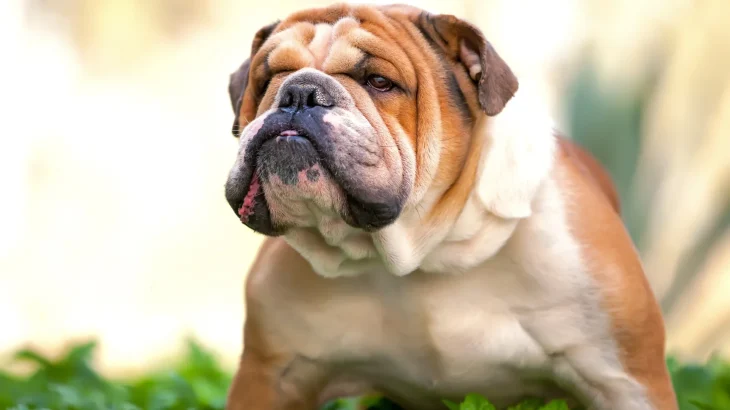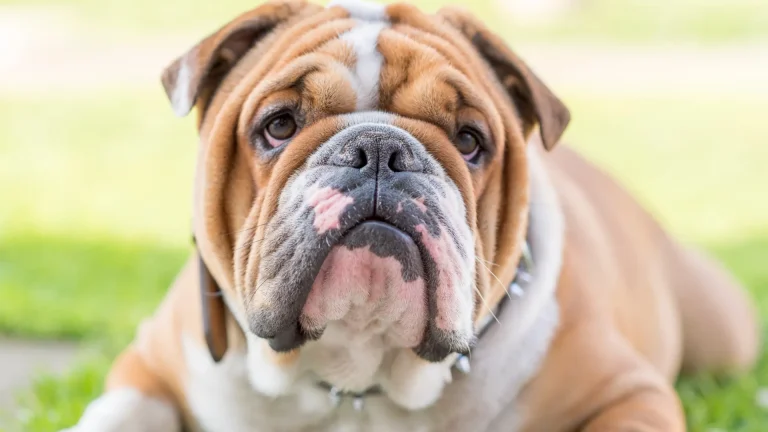When deciding whether to get an English Bulldog puppy, you can choose between adopting from a rescue or buying from a breeder. Each option offers unique benefits: adoption can be more affordable and rescue-oriented, while buying from a breeder generally provides more detailed health and pedigree information.
Adoption vs. Breeder: Pros & Cons
| Criteria | Buying from Breeder | Adopting from Shelter/Rescue |
|---|---|---|
| Cost | Usually higher, often $1,500 to $4,000 due to breed popularity and care. | Lower adoption fees, typically $200 to $500, which may include some vet care. |
| Health History | Comprehensive health screenings and genetic testing usually provided. | Health history can be incomplete or unknown; some rescues provide basic vet checks. |
| Age Availability | Primarily puppies; breeders focus on young dogs. | Variety of ages including adult and senior Bulldogs often available. |
| Temperament Insight | Breeders often provide info on parents and lineage temperament. | Rescue staff may share personality insights but full lineage is unknown. |
| Supporting Practices | Supports controlled breeding; selecting ethical breeders is key to health. | Supports animal welfare by rehoming dogs and reducing shelter populations. |
| Risk of Genetic Disorders | Lower if buying from reputable breeders with health testing. | Possibility of unknown genetic issues due to unclear background. |

